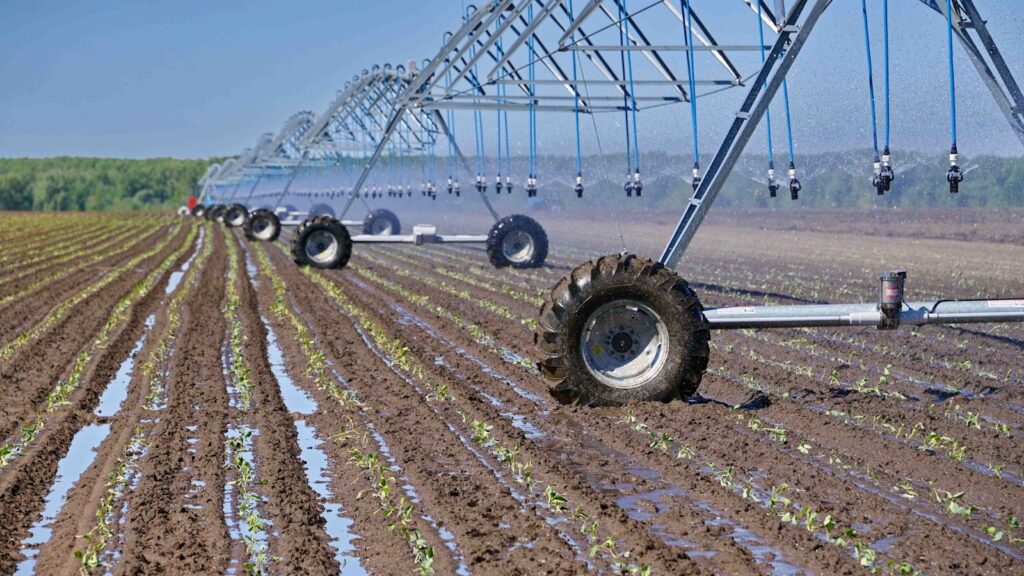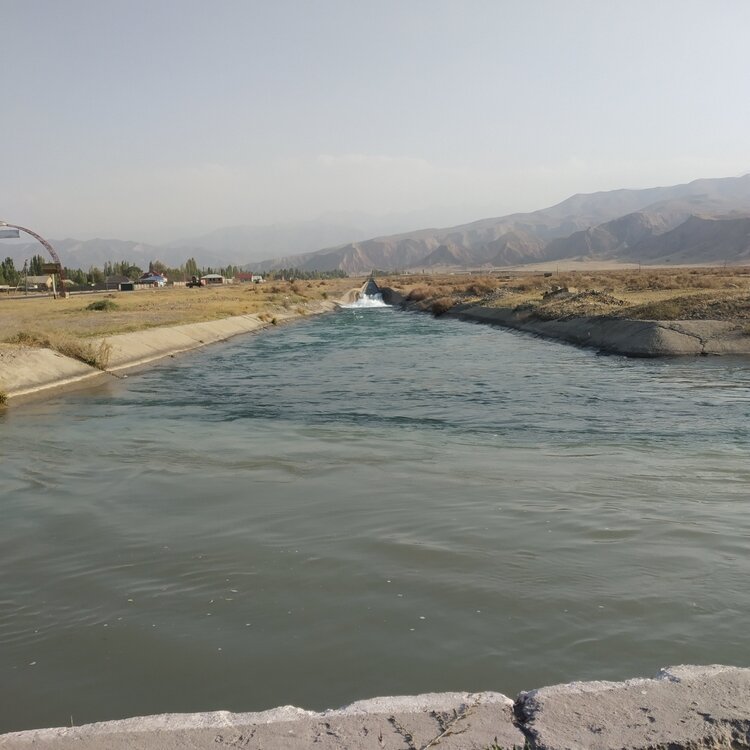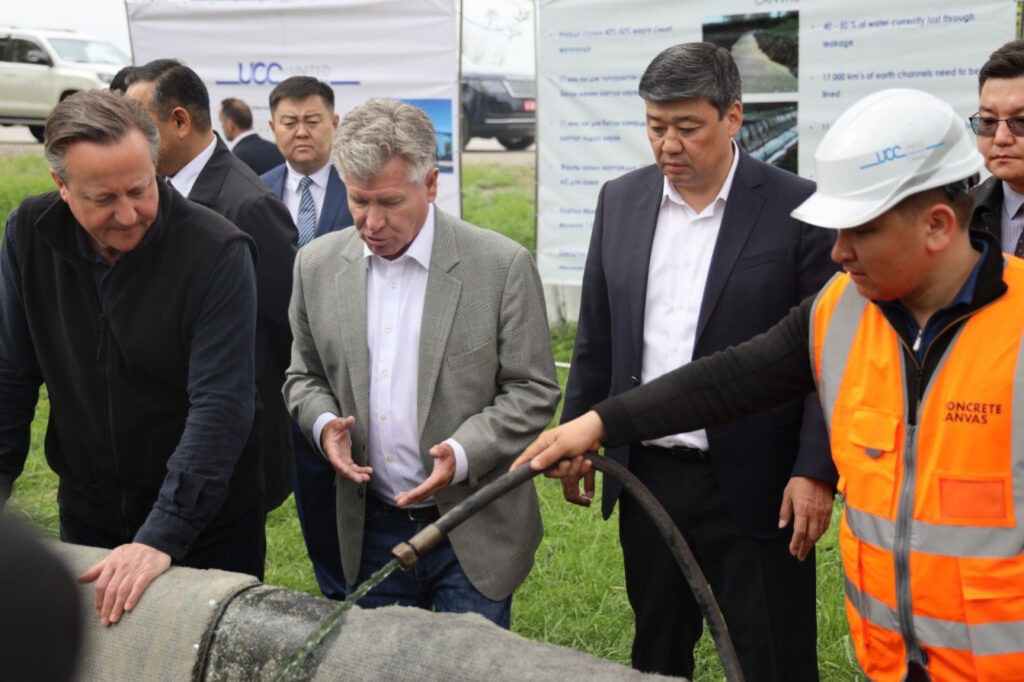Viewing results 1 - 6 of 38
On May 6, the Kazakh Ministry of Water Resources and Irrigation reported on measures being taken to encourage farmers to save and use water more efficiently. The move addresses Kazakhstan President Kassym-Jomart Tokayev’s earlier criticism about the process of introducing water-saving technologies being “extremely slow,” with agricultural sectors in some regions, experiencing annual losses of water of 40%. According to plans set in motion by the ministry, by 2030, the installation of water-saving technologies will provide an annual saving of up to 2.1 cubic kilometres of water on 50% of the country’s irrigated land To date, subsidies for drilling irrigation wells have been increased to 80% of their costs, and in collaboration with the Ministry of Agriculture, work is progressing to increase subsidies for the installation of water-saving systems from 50% to 80% of their costs. In adherence to the new Water Code, the state will provide subsidies and reduced tariffs for water supply depending on the extent to which water-saving technologies are used. Tariffs for irrigation water are set to be calculated according to the types of crops grown and the volume of water required for their production. The ministry is also working to digitalize 3,500 km of irrigation canals in the Almaty, Zhambyl, Kyzylorda, and Turkestan regions in the south of the country, which will improve water metering on 362 thousand hectares of irrigated land and enable a saving up to 600 million cubic meters of water annually.
In Tajikistan, specialists are leaving the important sphere of land reclamation and irrigation due to low salaries. In the last five months alone, 1,000 employees of the Land Reclamation and Irrigation Department (LRID) in Sughd Province have quit their jobs. That could mean trouble for the agricultural sector sooner rather than later. As Asia-Plus reports, subordinate enterprises under the Land Reclamation and Irrigation Agency are among the main debtors to the tax authorities. Their debt at the beginning of the year is 83.8 million somoni ($7.7 million) - and more than 80 million also belongs to the energy sector. For the first quarter of 2024, the Agency's wage arrears amounted to about 1.7 million somoni. "This is primarily due to the fact that water users do not pay or delay payment for reclamation services. Today, the debt of water users amounts to 95.6 million somoni," according to the Soghd regional leadership. More than 5,600 people work in Tajikistan's land reclamation and irrigation sector. The average salary of employees is about 850 somoni per month ($78), and in the regions that salary hasn't been paid for months. Only during the irrigation season can employees of local water management organizations go to the fields and collect money for irrigation services rendered. Those proceeds often pay rank-and-file workers' salaries. In order to pay their employees, managers of local water management organizations let them use equipment (excavators, tractors, trailers, etc.) that's available in order to make money. There are 779 units of machinery of different brands on the balance sheet of the subordinate enterprises of the Agency, 350 of which are so outdated they are no longer suitable for use. The sad state of affairs in the Land Reclamation and Irrigation Agency and its subordinate organizations has become a key reason for the mass departure of employees As a consequence, the Agency is facing a crippling staff shortage, with some water pumping stations employing 5-6 people instead of the 18 needed. The department plans to increase salaries for its specialists - especially young personnel - at the expense of payments for water supply. However, most water consumers are also unable to pay for irrigation, thereby threatening the wage increases before they even begin - meaning both problems may yet persist in tandem.
The Kazakh Ministry of Water Resources and Irrigation has announced plans to build 20 new reservoirs with a capacity of 2.5 billion cubic meters by 2030. During the first stage, ten reservoirs will be constructed in the regions of Akmola, West Kazakhstan, Zhambyl, Kyzylorda and Zhetisu, and in the south, two more reservoirs will complement that of Kensai-Koskorgan-2 , already in operation in the Turkestan region. The installation of eight new reservoirs will then follow elsewhere. Once completed, the project will reduce the country's dependence on water flowing from upstream Kyrgyzstan and China by 25%, help combat drought in southern Kazakhstan and conversely, reduce the threat of flooding in 70 rural settlements with a total population of 137 thousand people. In addition, irrigation will be provided for a further 250 thousand hectares of farmland. Plans are also in place to reconstruct 15 existing reservoirs with a total capacity of 1.9 billion cubic meters, with work on six reservoirs in Aktobe, West Kazakhstan, Zhambyl, Kostanay, Turkestan regions and the city of Astana, scheduled to start this year.
Back in November 2023, Chairman of the Cabinet of Ministers of the Kyrgyz Republic, Akylbek Japarov met head of Concrete Canvas, Will Crawford in Cardiff to discuss the establishment of a plant in Kyrgyzstan. On 23 April representatives of the company travelled to the Chui region of northern Kyrgyzstan for further negotiations attended by Kyrgyzstan’s Deputy Chairman of the Cabinet of Ministers - Minister of Water Resources, Agriculture and Processing Industry, Bakyt Torobayev and British Foreign Secretary David Cameron. Concrete Canvas, produces waterproof flexible concrete filled geosynthetic composite mats used for lining irrigation canals to prevent erosion and reduce seepage losses. Hailing the benefits of the product, Torobayev stated, “Across Kyrgyzstan, the length of canals is 30 thousand kilometres, including 11 thousand kilometres of -unsurfaced- canals. By laying concrete material on these canals, we will avoid seepage of water and ensure its efficient use. Kyrgyzstan is an agricultural country with a lot of arable land, so we really need such materials. The plan is to build the company’s plant in the Osh region in south Kyrgyzstan in the near future.” Material produced by the Kyrgyzstan plant will meet domestic demand and could also be exported to Russia and Uzbekistan.
British company Concrete Canvas Ltd. has established an office in Kazakhstan with the intention of building a plant to produce geosynthetic cement composite mats that eliminate water loss during filtration. The decision, which comes in the wake the company’s abandonment of plans to localize production in Russia due to the geopolitical situation, was embraced by Kazakhstan’s national investment promotion company Kazakh Invest. During a meeting on April 4 in Astana, chairman Yerzhan Yelekeyev assured UK representatives of the Kazakh company’s comprehensive support in realizing the project. According to Concrete Canvas Ltd. the employment of their innovative technology will solve Kazakhstan’s recurring problems regarding the construction and renovation of irrigation systems. Once implemented, the project will significantly improve operational reliability, eliminate water loss in the country's agro-industrial sector, and cut expenditure on the renovation of canals, protective dams, and other civil infrastructure facilities.
NUR-SULTAN (TCA) — During his working trip to the United States, Kazakhstan Prime Minister Askar Mamin on December 9 met with the Governor of Nebraska Pete Ricketts and the President of Valmont Industries, the market leader in irrigation systems, Stephen Kaniewski. Continue reading






